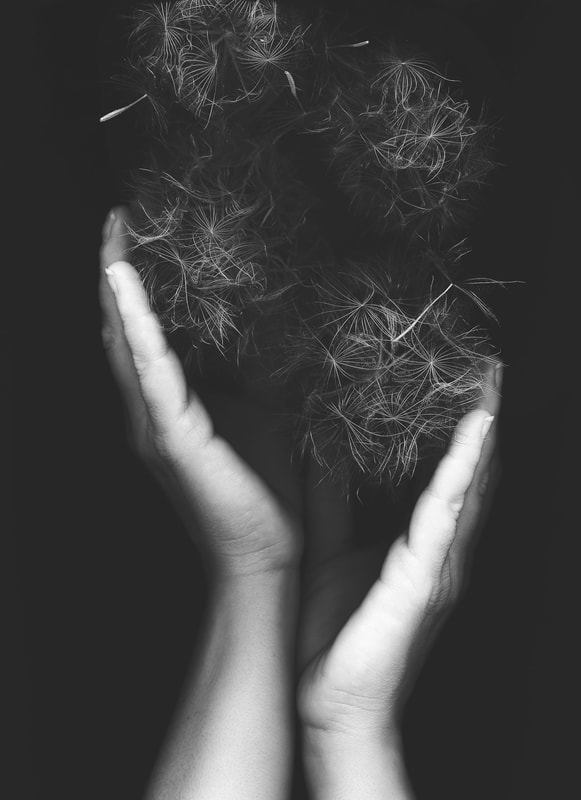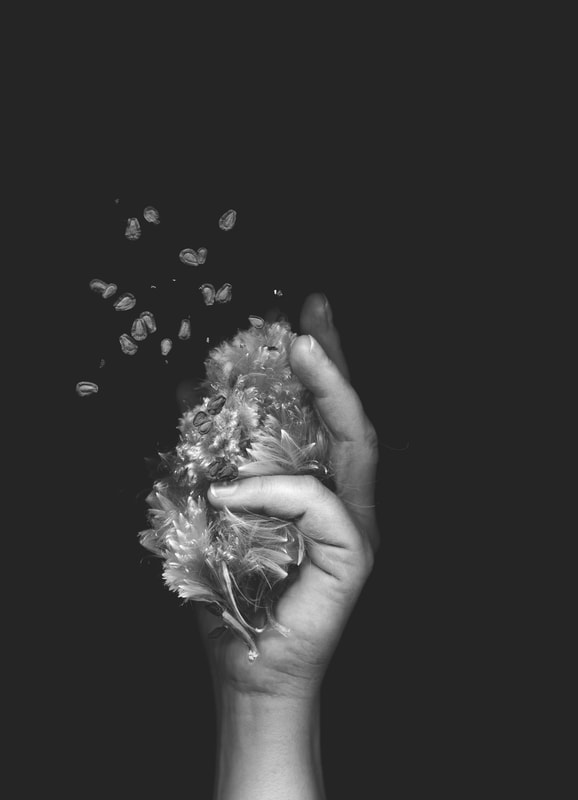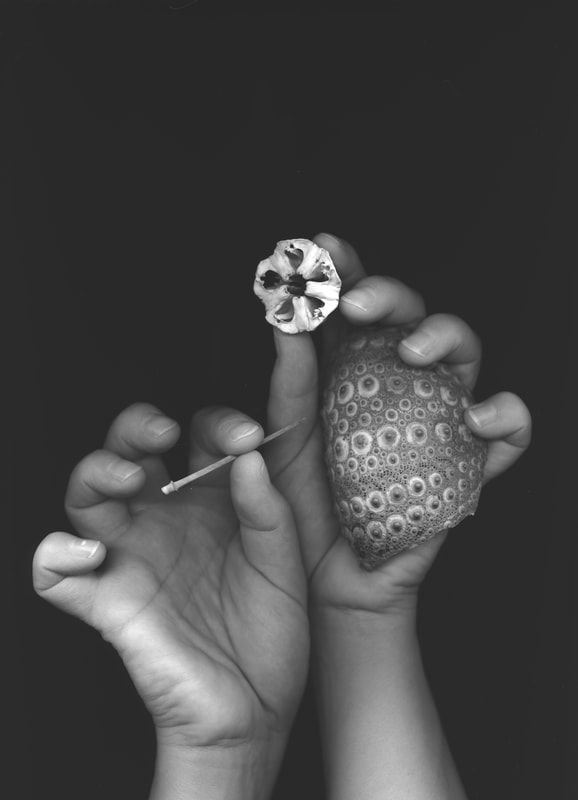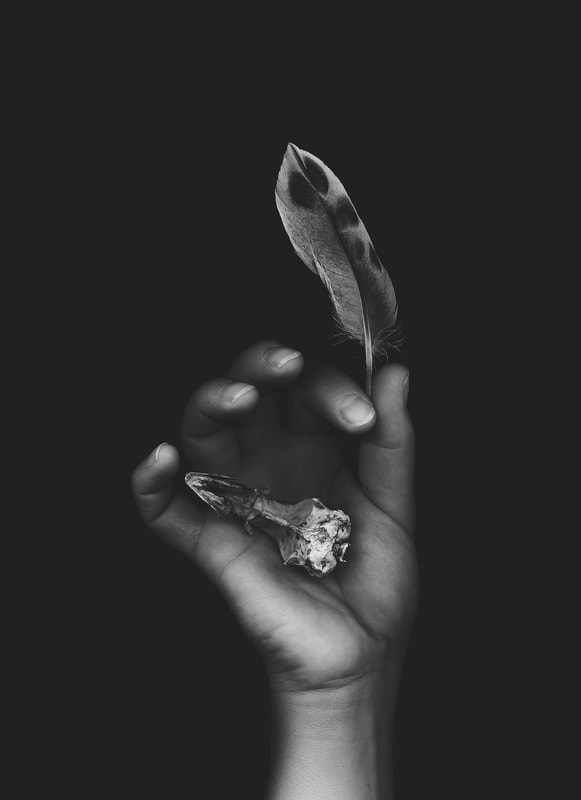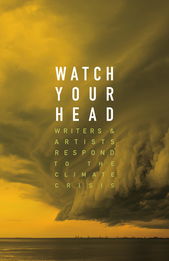|
11/7/2020 PHOTOGRAPHY: JULYA HAJNOCZKYARTIST STATEMENT My artistic practice concerns a critical examination of human relationships with the natural world and how ecosystems are changing in the anthropocene. I spend time researching ecosystems and the connections within them, particularly via site visits and consultation with scientists and lay experts. My multidisciplinary practice involves collecting materials following ethical foraging practices (plants, feathers, bones, fungi and lichen specimens, for example) from natural environments, or accessing museum collections for use as raw material in making work, and as reference material. These large-scale still life images are produced using a high-resolution scanner as my camera: specimens collected during site visits are arranged on the glass, in groupings that serve to illustrate connections in Canadian ecosystems that may not be immediately apparent to a casual observer. The images are elegiac, dark, mourning, representing not contemporary specimens but rather, recontextualized, some last remaining pieces of a fragmented world, floating in the void. The concepts that I seek to explore with my work – encouraging a sense of wonder, interest, and respectful stewardship with regards to the natural environment – are becoming more and more relevant. It is with increasing unease that I observe developments in human behavior at home and abroad, at the individual and institutional level, that impact negatively on the continued functioning of the complex ecosystems that we humans are part of. I feel that one of my roles as an artist is to interpret events around me and draw attention to matters of political, social, and environmental importance, and so my artistic practice aims to cultivate a deep attention to the details and intricacies of natural ecosystems, and to examine human relationships with the natural world. My pieces attempt to frame the work of plants and animals in terms that are easier for humans to understand, and potentially empathize or identify with. I hope to inspire a sense of wonder or fascination, and encourage the viewer to consider the energy and resources that go into the constant cycle of building and decay in complex environments and ecosystems. Julya Hajnoczky was born in Calgary and raised by hippie parents, surrounded by unruly houseplants, bookishness and art supplies, with CBC radio playing softly, constantly, in the background. It was inevitable, then, that she would grow up to be an artist. She holds a BA in French from the University of Calgary and a BDes in photography from the Alberta College of Art + Design. Her multidisciplinary practice includes digital and analog photography, fibre art, and book and paper sculpture, and seeks to ask questions and inspire curiosity about the complex relationships between humans and the natural world. Her most recent adventures, supported by grants from the Calgary Arts Development Authority and the Alberta Foundation for the Arts, involved building a mobile natural history collection laboratory (a combination tiny camper and workspace, the Al Fresco Science Machine), and exploring the many ecosystems of Western
Canada, from Alberta’s Writing-on-Stone Provincial Park, to the Gwaii Haanas National Park Reserve in BC and Wood Buffalo National Park, NWT. If she's not in her home studio working on something tiny, she's out in the forest working on something big. See more of Julya’s work at obscura-lucida.com Comments are closed.
|
|
ISSN 2563-0067 © Copyright 2023 | Watch Your Head Contributors Sign up for our Newsletter Buy our print anthology Watch Your Head: Writers & Artists Respond to the Climate Crisis (Coach House Books, 2020). |
